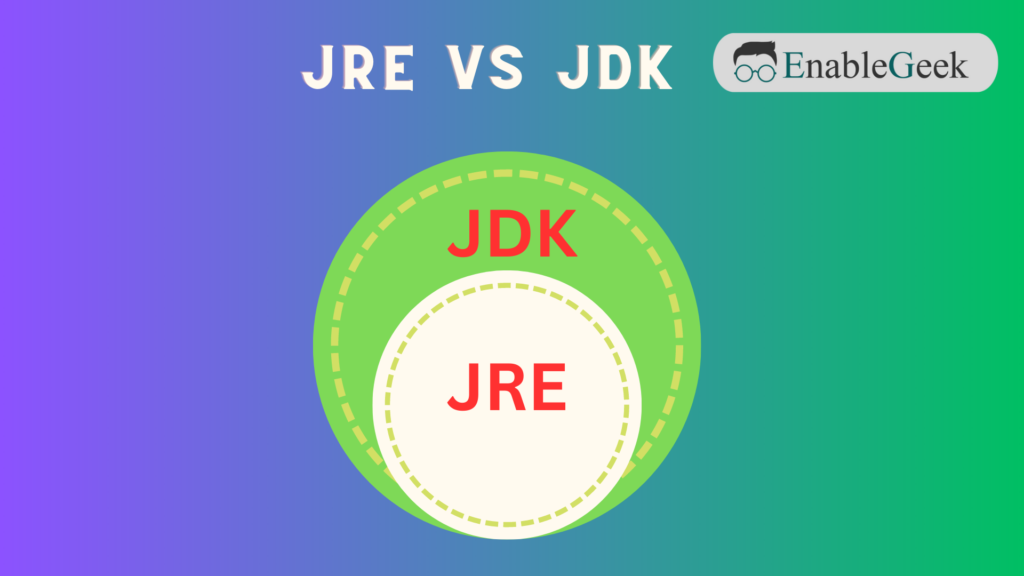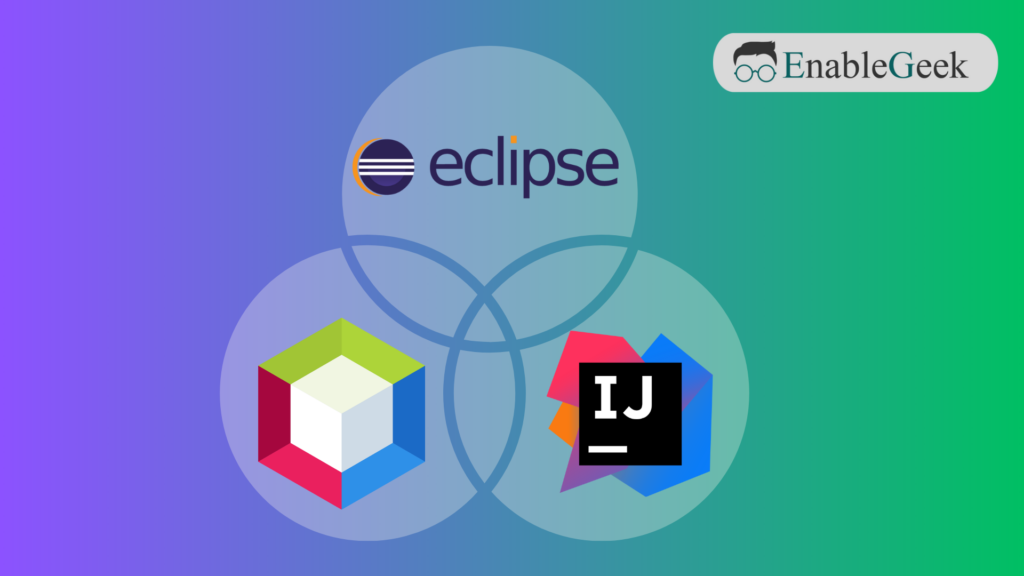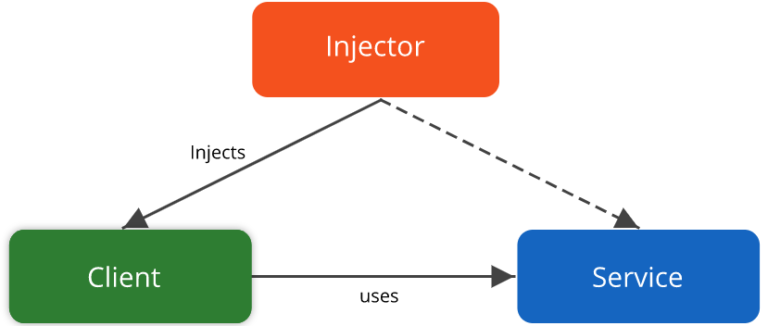Introduction to Java: A brief overview of the Java programming language
Java is a versatile and widely adopted programming language that has played a significant role in shaping the software industry. Created by James Gosling and his team at Sun Microsystems in the mid-1990s, Java was designed to be portable, secure, and platform-independent. Over the years, it has garnered immense popularity and become a cornerstone of modern software development. In this article, we will provide a brief overview of Java, exploring its key features, its impact on the software industry, and the reasons behind its widespread adoption.
The Java Language and Its Features:
- Syntax and Object-Oriented Structure: Explain the syntax and structure of the Java language, focusing on its object-oriented nature and the benefits it offers.
- Platform Independence: Discuss the concept of “Write Once, Run Anywhere” (WORA) and how Java achieves platform independence through its bytecode and virtual machine.
- Memory Management: Explain how Java handles memory management through automatic garbage collection, relieving developers from manual memory management tasks.
Java’s Popularity in the Software Industry:
- Versatility and Application Domains: Highlight Java’s versatility and its ability to cater to various domains such as web development, enterprise software, mobile apps, scientific computing, and more.
- Large and Active Developer Community: Discuss the size and vibrancy of the Java developer community, contributing to the growth and support of the language.
- Extensive Library Ecosystem: Explore the rich ecosystem of Java libraries and frameworks that simplify and accelerate software development, including popular ones like Spring, Hibernate, and Apache Commons.
Key Factors Driving Java’s Adoption:
- Portability and Cross-Platform Compatibility: Explain how Java’s platform independence allows developers to write code once and run it on different operating systems.
- Robustness and Reliability: Discuss Java’s emphasis on error handling, exception management, and strong type checking, leading to robust and reliable software.
- Security: Highlight Java’s built-in security features, including bytecode verification, sandboxing, and access control mechanisms, making it a preferred choice for developing secure applications.
Java’s Role in Enterprise Software:
- Java Enterprise Edition (Java EE): Introduce Java EE, a collection of APIs and specifications for building enterprise-level applications, and discuss its relevance and adoption.
- Enterprise Application Servers: Explain how Java application servers, such as Apache Tomcat, JBoss, and IBM WebSphere, support the deployment and management of Java EE applications.
Java has revolutionized the software industry with its portability, versatility, and extensive library ecosystem. Its object-oriented nature, platform independence, and emphasis on security and reliability have made it a top choice for developers across diverse domains. As Java continues to evolve and adapt to emerging technologies, its impact on the software industry remains strong, making it an essential language for modern-day software development.
Java Runtime Environment (JRE) vs. Java Development Kit (JDK)
Java, as a programming language, provides two essential components: the Java Runtime Environment (JRE) and the Java Development Kit (JDK). While both are integral to Java-based applications, they serve distinct purposes. In this article, we will delve into the differences between JRE and JDK, explaining their functionalities and highlighting why JDK is indispensable for software development.

Java Runtime Environment (JRE):
- Definition and Components: Introduce the JRE as the environment required to run Java applications. Discuss its key components, such as the Java Virtual Machine (JVM), class libraries, and necessary system resources.
- Runtime Execution: Explain how the JRE executes Java bytecode, translating it into machine code for the underlying operating system.
- Importance for End Users: Emphasize that end users only need the JRE installed to run Java applications without requiring any development capabilities.
Java Development Kit (JDK):
- Definition and Components: Define the JDK as a comprehensive package for Java development, encompassing the JRE and additional tools necessary for creating and compiling Java applications.
- Development Capabilities: Highlight that the JDK includes compilers, debuggers, development libraries, and documentation, enabling developers to write, compile, and debug Java code.
- JDK Tools: Discuss essential tools bundled with the JDK, such as the Java Development Environment (Javac), Java Debugger (JDB), and Java API Documentation Generator (Javadoc).
Key Differences between JRE and JDK:
- Development vs. Execution: Explain that the JRE is solely responsible for running Java applications, while the JDK is specifically designed for developing Java software.
- Compilation: Emphasize that the JDK provides the necessary compilers to transform Java source code into bytecode, which can then be executed by the JRE.
- Debugging and Profiling: Highlight that the JDK offers debugging and profiling tools that aid developers in identifying and resolving issues during application development.
- Library Access: Note that while the JRE includes the standard Java class libraries, the JDK additionally includes development-specific libraries, enabling access to advanced features.
Importance of JDK for Software Development:
- Code Creation and Compilation: Discuss how the JDK enables developers to create, edit, and compile Java code into executable form.
- Debugging and Troubleshooting: Highlight the significance of the JDK’s debugging tools in identifying and rectifying programming errors during the development phase.
- Access to Development Libraries: Explain that the JDK provides developers with a comprehensive set of libraries and APIs, offering additional functionality beyond the standard JRE libraries.
- Building Java Applications: Emphasize that without the JDK, developers would lack the necessary tools and resources to build robust Java applications efficiently.
While the JRE is responsible for running Java applications, the JDK plays a crucial role in software development, providing developers with the essential tools, compilers, and libraries needed to create, compile, debug, and optimize Java code. The JDK’s comprehensive feature set and development-centric capabilities make it an indispensable component for those engaged in Java application development.
Collaboration and Communication Tools
In the fast-paced world of technology, collaboration, and communication have become crucial for individuals and teams working in web-based environments. To facilitate effective and seamless interactions, developers have harnessed the power of Java, a versatile programming language, to create a range of robust tools. These Java-based collaboration and communication tools have revolutionized the way people connect, collaborate, and communicate in the digital landscape.
One such tool is OpenMeetings, an open-source web conferencing and collaboration platform built using Java. OpenMeetings offers a comprehensive set of features designed to enhance real-time communication and collaboration. With its video conferencing capabilities, participants can engage in face-to-face interactions, no matter where they are located. This fosters a sense of connection and enables effective communication, especially in remote work settings.
Screen sharing is another essential feature provided by Java-based collaboration tools like OpenMeetings. Users can easily share their screens with others, allowing for seamless collaboration on documents, presentations, or software demonstrations. This feature enhances teamwork and makes it easier to exchange ideas and work on projects collectively, even when physically apart.
Java-based collaboration tools also offer interactive whiteboarding functionality, which enables participants to draw, annotate, and brainstorm ideas together in a virtual space. These collaborative whiteboards act as digital canvases where individuals can visualize concepts, solve problems, and foster creativity. Additionally, document-sharing capabilities make it convenient for team members to share and collaborate on files during meetings, ensuring that everyone has access to the necessary resources.
Another notable Java-based tool for web collaboration and communication is BigBlueButton. With its focus on online learning and virtual classrooms, BigBlueButton has become a popular choice in the education sector. It provides features specifically tailored to support remote education, such as breakout rooms for group discussions, interactive polling, and the ability to record sessions for future reference.
Java-based collaboration and communication tools are not only feature-rich but also highly adaptable. They can be integrated with other systems, such as Learning Management Systems (LMS) and Content Management Systems (CMS), further expanding their functionality and making them suitable for various educational and business contexts.
Java-based collaboration and communication tools have significantly transformed the way individuals and teams interact in web-based environments. These tools, such as OpenMeetings and BigBlueButton, offer a wide range of features that enhance real-time communication, foster collaboration, and enable seamless web interactions. Whether it’s conducting virtual meetings, sharing screens, utilizing interactive whiteboards, or facilitating online learning, Java-based tools empower users to connect, collaborate, and communicate effectively, regardless of their physical locations. With their versatility and robustness, Java-based collaboration tools continue to play a vital role in driving productivity and connectivity in today’s interconnected world
Integrated Development Environments (IDEs)
Eclipse: A Versatile Java IDE for Development Flexibility
Eclipse is a widely recognized and highly versatile integrated development environment (IDE) for Java development. Known for its extensive ecosystem and strong community support, Eclipse offers a range of features that cater to the needs of Java developers. Its intuitive interface and customizable workflows make it a preferred choice for developers seeking flexibility in their development environment. Eclipse provides powerful code editing capabilities, including syntax highlighting, code completion, and intelligent code analysis, enabling developers to write clean and efficient Java code. Additionally, Eclipse’s vast plugin ecosystem allows developers to extend its functionality and integrate with various frameworks and tools, making it an ideal choice for projects of all sizes and complexities.
IntelliJ IDEA: Intelligent Coding Assistance for Enhanced Productivity
IntelliJ IDEA, developed by JetBrains, is a Java IDE known for its intelligent coding assistance and productivity features. With its advanced algorithms, IntelliJ IDEA provides context-aware code completion, automated refactoring, and intention actions that help developers write code faster and with fewer errors. Its built-in tools, such as the powerful debugger and support for version control systems, facilitate seamless debugging and collaboration among team members. IntelliJ IDEA also offers an intuitive and customizable user interface, allowing developers to streamline their workflows and focus on writing high-quality code. Its extensive integration with popular frameworks and technologies further enhances its importance in Java development.

NetBeans: Simplifying Java Development with an Easy-to-Use IDE
NetBeans, an open-source Java IDE supported by the Apache Software Foundation, is known for its simplicity and ease of use. It provides a user-friendly interface and a comprehensive set of features that cater to the needs of Java developers. NetBeans offers a visual editor and GUI builder, allowing developers to create Java graphical user interfaces quickly. Its support for various programming languages and seamless integration with build tools and version control systems make it a convenient choice for Java development projects. NetBeans also includes strong support for Apache Maven and Apache Ant, making project management and build automation straightforward and efficient.
The Importance of Java IDEs in Development
Java IDEs, such as Eclipse, IntelliJ IDEA, and NetBeans, play a crucial role in Java development by increasing productivity, improving code quality, and enabling seamless collaboration. These IDEs provide a wide range of features, including code editing, debugging, testing, and project management capabilities. With their intelligent code analysis, code completion, and refactoring tools, Java IDEs help developers write clean, efficient, and maintainable code. They offer a developer-friendly environment that streamlines the development process and allows for seamless integration with other tools and frameworks. Furthermore, Java IDEs facilitate collaboration among team members by providing version control integration, code review capabilities, and project-sharing functionalities.
Popular Java IDEs such as Eclipse, IntelliJ IDEA, and NetBeans are indispensable tools in the Java development landscape. Their robust features, intuitive interfaces, and extensive plugin ecosystems empower developers to write high-quality code, enhance productivity, and collaborate effectively. Whether it’s the flexibility of Eclipse, the intelligent coding assistance of IntelliJ IDEA, or the simplicity of NetBeans, Java IDEs play a vital role in supporting developers throughout the software development lifecycle.
Common Software and Services That Require Java
Java, a widely used programming language, serves as the backbone for various software and services across different industries. Understanding the common software and services that rely on Java is essential for developers and users alike. Whether it’s enterprise applications, database systems, or web frameworks, Java’s versatility and robustness make it a go-to choice for building reliable and scalable solutions.
Enterprise Applications: Java’s Role in Business Software
Java has long been a popular choice for developing enterprise applications due to its platform independence and scalability. Many business-critical software, such as customer relationship management (CRM) systems, enterprise resource planning (ERP) solutions, and supply chain management tools, are built using Java. These applications leverage Java’s extensive libraries, frameworks, and APIs to handle complex business logic, data processing, and integration with other systems. Java’s ability to handle high concurrency and its support for distributed computing makes it an ideal choice for building robust enterprise-grade software.
Database Systems: Java’s Connectivity and Performance
Java plays a significant role in database systems, providing the necessary connectivity and performance for handling data operations. Java Database Connectivity (JDBC) is a key technology that allows Java applications to interact with databases. Popular database systems such as Oracle, MySQL, and PostgreSQL offer JDBC drivers, enabling seamless integration with Java applications. Java-based object-relational mapping (ORM) frameworks like Hibernate and EclipseLink further simplify database operations by mapping Java objects to database tables. The combination of Java and database systems empowers developers to build efficient, secure, and scalable data-driven applications.
Web Frameworks: Building Dynamic Web Applications
Java-based web frameworks enable the development of dynamic and interactive web applications. Frameworks like Spring, JavaServer Faces (JSF), and Play Framework provide developers with the tools and components needed to build robust web applications. These frameworks leverage Java’s object-oriented nature, dependency injection, and modular architecture to streamline the development process. Java’s compatibility with popular web technologies such as HTML, CSS, and JavaScript allows seamless integration with frontend frameworks like Angular and React. From enterprise-grade web applications to e-commerce platforms, Java-based web frameworks power a wide range of online services.
Big Data and Analytics: Java’s Contribution to Data Processing
Java has a significant presence in the world of big data and analytics. Apache Hadoop, a widely used framework for distributed processing of large datasets, relies heavily on Java. Hadoop’s ecosystem, including tools like Apache Spark and Apache Flink, utilize Java to process and analyze massive amounts of data in parallel. Java’s performance, scalability, and support for multithreading make it a preferred choice for handling complex data processing tasks. Additionally, popular data analytics frameworks such as Apache Kafka and Apache Storm use Java to enable real-time data streaming and analytics.
Java’s extensive usage as a programming language extends to various software and services that form the foundation of today’s technology landscape. Whether it’s enterprise applications, database systems, web frameworks, or big data analytics, Java’s versatility and reliability make it a key player in these domains. Understanding Java’s role in powering these common software and services is crucial for developers, businesses, and end-users to make informed decisions and harness the full potential of Java’s capabilities.








